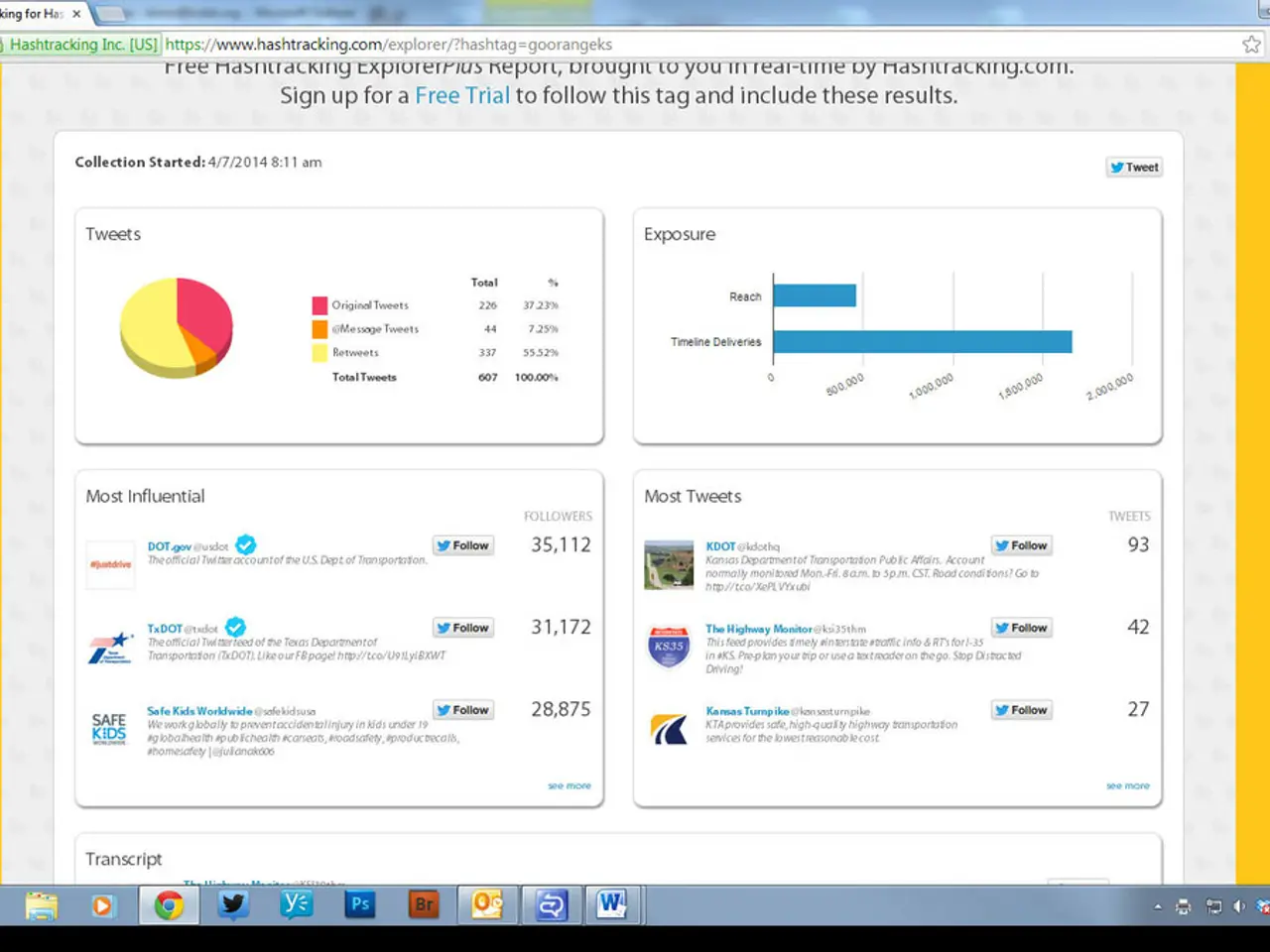Top Visual Testing Tools of 2025 Revealed
In the ever-evolving world of software development, maintaining smooth and high-quality visuals in applications is paramount. Here are some top visual testing tools that can help you achieve this goal in 2025.
Firstly, BrowserStack Percy stands out as a leading visual testing solution. Its automated screenshot capture, advanced visual diffing algorithms, seamless CI/CD integration, support for multiple frameworks, and scalability make it highly effective in detecting visual changes and ensuring UI consistency across devices and browsers.
Applitools is another renowned tool in the visual testing sphere. Known for its AI-powered visual validation, Applitools provides robust detection of visual regressions, layout issues, and cross-browser differences, helping teams maintain pixel-perfect UIs. Notable features include self-healing tests for automatic adjustments, codeless test creation with natural language processing, and automated maintenance while decreasing the number of false positives.
Cypress, primarily an end-to-end testing framework, can be extended with visual regression testing plugins. This integration enables teams to incorporate visual testing within their existing Cypress test suites for streamlined workflows.
Selenium, widely known for automated functional UI testing, also serves as a base for visual testing by capturing screenshots across browsers. However, it typically requires additional frameworks or libraries for advanced visual comparison.
Galen Framework specializes in layout and responsive design verification, focusing on pixel-perfect placement and alignment. It is useful for UI consistency testing across screen sizes.
Diffy is a lightweight visual regression testing application that performs cloud-based screenshot comparisons between different application versions. It automatically compares screenshots to find visual regressions and is perfect for testing staging and production environments. Needle, another open-source visual regression testing tool, works with different viewport dimensions and offers an easy-to-use interface, making visual testing accessible to beginners.
In summary, for best visual testing results in 2025, consider using BrowserStack Percy for its comprehensive, scalable visual CI/CD integration and detailed reporting. Employ Applitools for AI-enhanced visual validation if available. For more customized and layout-focused testing needs, consider Cypress with visual regression plugins, Selenium, and Galen. These tools collectively cover automated visual regression detection, cross-browser/device testing, responsive design validation, and workflow integration essential for maintaining smooth and high-quality visuals in modern software applications.
As the user experience market continues to grow, visual testing has become an indispensable quality assurance element. Businesses now recognize its importance as user experience stands as their main priority. The user experience market is expected to reach USD 54.93 billion by 2032, reflecting the increasing importance of visual testing in the industry.
In conclusion, incorporating visual testing into your quality assurance processes can help detect UI problems, including layout problems and broken images together with text that overlaps, which can affect user experience. By using these top visual testing tools, you can ensure that your software applications deliver the best possible user experience.
- To ensure a pixel-perfect user interface, data-and-cloud-computing solutions like Diffy, which performs cloud-based screenshot comparisons between different application versions, are crucial for continuous visual testing in 2025.
- In the expanding user experience market, technology and frameworks such as BrowserStack Percy, Applitools, Cypress, Selenium, and Galen play a pivotal role in visual testing, helping maintain high-quality visuals in software applications, an increasingly sought-after quality in modern software development.




